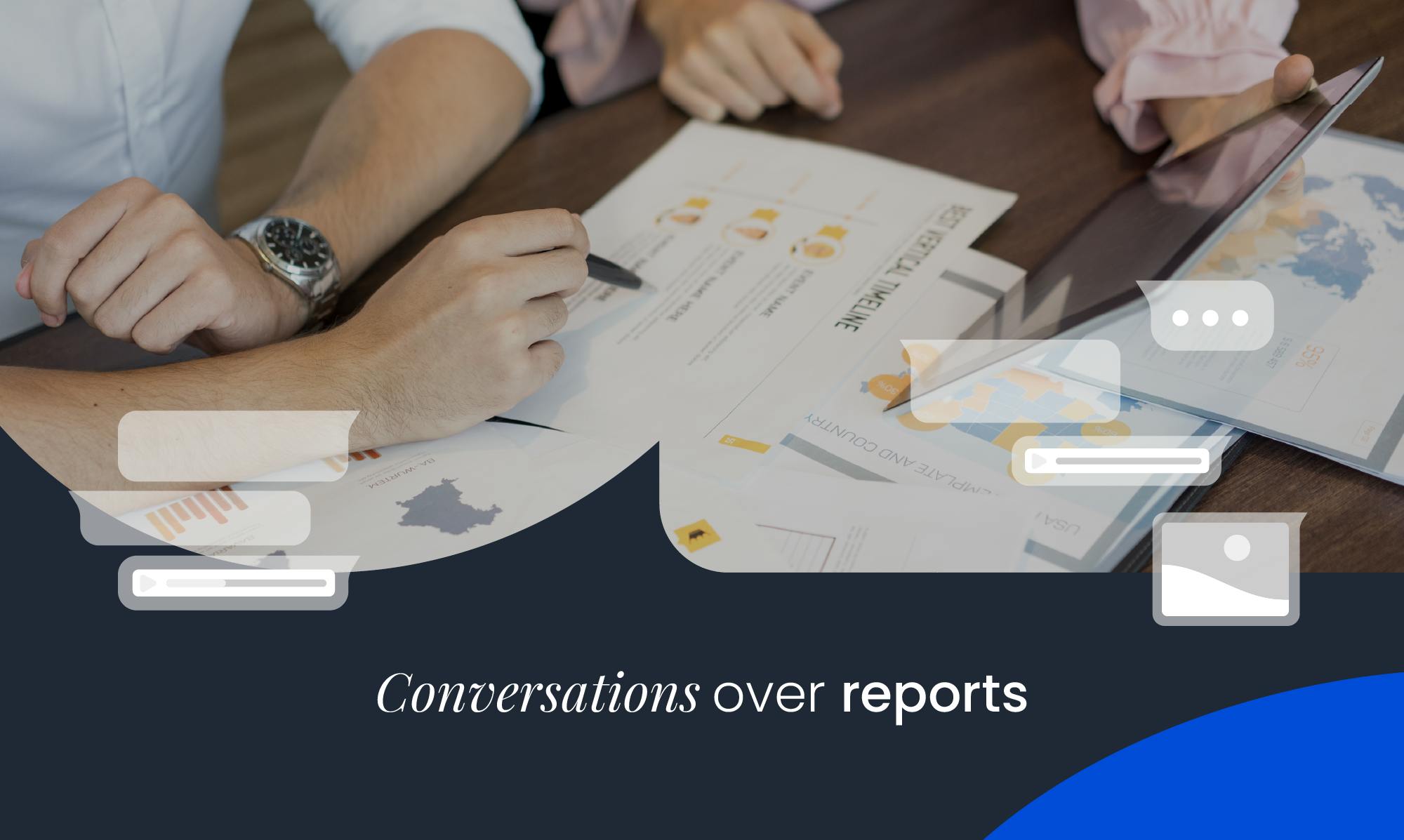



For years, marketing teams relied on market research, focus groups, and quarterly reports to anticipate trends. But today, that approach is overtaken by the speed of digital behavior. Conversations no longer wait for the end of a quarter. They occur in real time, unfiltered, and at a scale that no traditional study can match. This is where social listening takes on a strategic role. More than a tactical tool, it becomes a navigation system.
IN THIS ARTICLE
In practice, many marketing teams still begin their strategies with a brief based on assumptions: assumptions about the consumer, the competition, or the context. But what social listening allows is to reduce—or even eliminate—the dependence on those assumptions. It allows us to start from real market signals: emotions, tensions, expectations, and emerging patterns.
It's not simply about "monitoring" networks. It's about understanding the unspoken logic behind consumer decisions: the unspoken desires, the microtrends, the recurring pain points. This information isn't available in an Excel spreadsheet, but in the comments, threads, audios, and videos that the audience produces every day.
Well-applied social listening not only informs, but anticipates. It doesn't require the consumer to complete a survey to tell us what they think: they say it anyway, and they say it without a filter. This makes it an especially valuable source for detecting cultural shifts before they become obvious.
Let's look at a practical example: while a brand may be waiting for its performance report to tell it that a certain product no longer has traction, social listening may have detected a drop in the emotional relevance of the message associated with that product weeks earlier. Comments that were previously positive become neutral. Memes that were once enthusiastically shared are now ignored. The change occurs first on a symbolic level, rather than a numerical one.
For a marketing team working in real time, that time gap can mean the difference between leading a conversation or going out to put out a fire.
When we incorporate insights from social listening from the beginning of the process, we change the logic of the brief. It's no longer just about segmenting and defining objectives, but about incorporating what the market is already saying:
This gives rise to more vibrant strategies, more connected to the present. The brief ceases to be a static document and becomes a constantly evolving organism, fueled by real signals.
One of the most cited cases in recent years is McDonald's with the Grimace Shake. While others were conducting focus groups, the social media team detected a trend on TikTok that was turning a simple shake into a cultural phenomenon. The reaction was swift, not because they had more budget or more people, but because they were listening better.
 |
|Batido de Grimace
At the other end of the spectrum, brands that failed to react in a timely manner to negative narratives—albeit subtle at first—saw their campaigns reinterpreted by the public, losing control of the message and forcing belated clarifications. In both cases, the pattern repeats itself: speed is no longer measured by the ability to produce, but by the ability to interpret.
And how does all this translate into concrete decisions? The value lies not only in detecting patterns, but in knowing how to translate them into action. This is where disciplines such as sentiment analysis, competitor analysis, and the integration of intelligent dashboards come in. These dashboards allow you to see, in one place, the key variables affecting a brand in real time.
At Bunker DB, we work to make this transformation operational: helping marketing teams detect not only what's happening, but also what to do about it. Social listening integrates with campaign analytics, performance reports, and business dashboards, enabling a seamless transition from data to decision.
Ultimately, social listening doesn't replace strategic thinking; it enhances it. It gives modern marketers a new sense of purpose: listening.
Because in a message-saturated market, the competitive advantage isn't speaking louder, but listening better. And listening, today, isn't a peripheral function. It's the core of a strategy truly connected to its time.
The question is no longer whether you're going to use social listening. The question is: How late will you be in the conversation if you're not using it today?

Romina Schwarz
Head of Media Consultancy @ Bunker DB
1/9